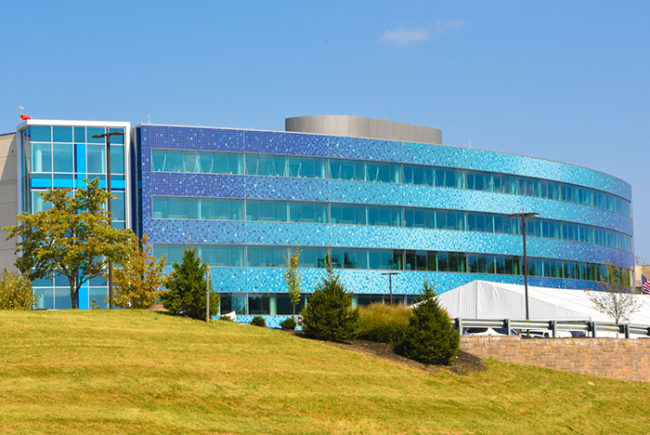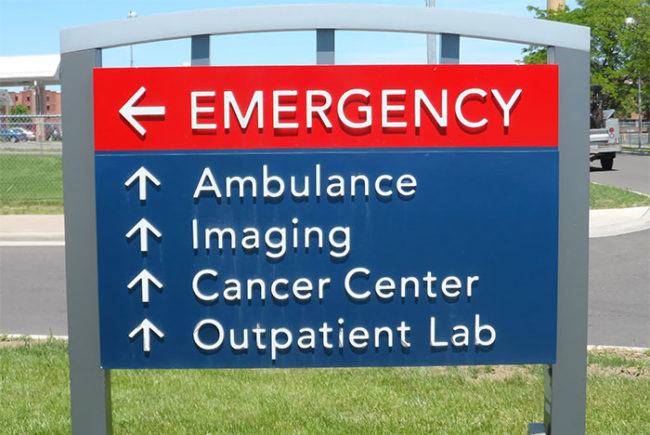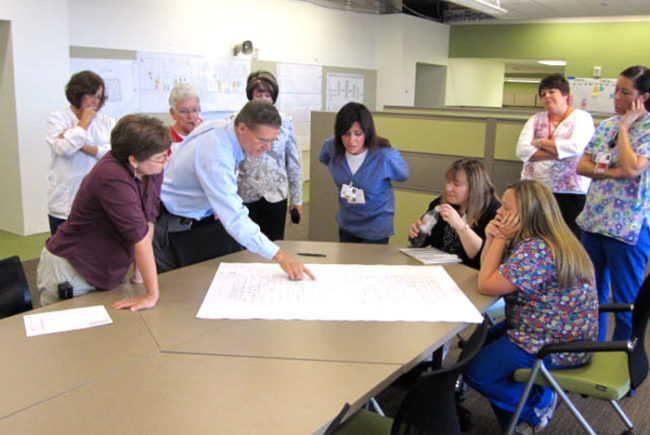As health care organizations work to break down silos among medical specialties through integrated care, those on the physical environment side are tearing down barriers to communication in the name of patient well-being.
According to the 2017 Hospital Construction Survey, 95 percent of respondents lean on both clinical and nonclinical staff to weigh in on facility design, and 87 percent have them weigh in on designs as they are being developed. Another 55 percent bring staff in to test live mock-ups. Clinicians, security professionals, environmental services managers and, as we learned from last year's Hospital Construction Survey, even patients are being called on more and more to provide feedback in the design of health care facilities.
The Nursing Institute for Healthcare and Design recently met to focus on nurses' role in the design process. The group says nurses are one of the most underutilized resources in the design of clinical environments even though they often have great insight into what works and what does not.
Another department that should be integral to the design process is the security staff. Experts say that addressing security concerns up front during the design process can create a safer organization in the long term, and the best way to ensure that is by including security directors and personnel who possess special knowledge that others may not. In addition, environmental services managers and infection preventionists should be brought on board, lending their expertise on how to keep sites clean and free of harmful bacteria during construction.
As architects call on health care staff to aid in the design process, major health care organizations are also realizing the positive effect good design has on health care delivery.
The American Hospital Association recently released a guide last year designed to educate hospital leaders on how to improve HCAHPS scores by improving the physical environment. When health care staff and architects collaborate together, workflows improve, which means the future of patient well-being gets a little bit brighter.





